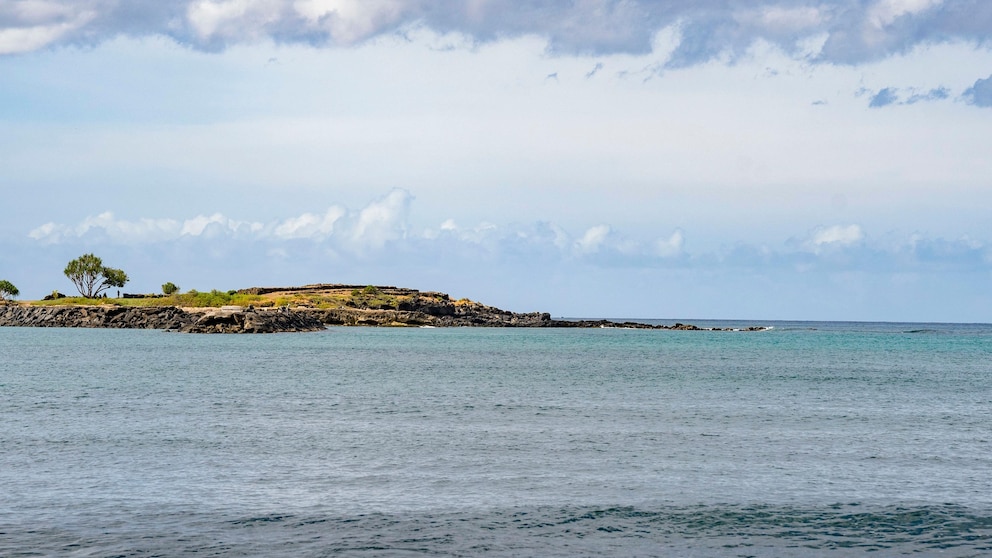
Early Hawaiian petroglyphs have resurfaced on a beach in Waianae, Hawaii. Hawaiian petroglyphs dating back at least a half-millennium are visible on Oahu for the first time in years, thanks to seasonal ocean swells that peel away sand covering a panel of more than two dozen images of mostly human-looking stick figures. The petroglyphs are easy to spot during low tide when gentle waves ebb and flow over slippery, neon-green algae growing on a stretch of sandstone. This is the first time the entire panel of petroglyphs is visible since they were first spotted nine years ago by two guests staying at a bayside U.S. Army recreation center in Waianae, about an hour’s drive from Honolulu.
Native Hawaiian cultural practitioner Glen Kila, who traces his lineage to the aboriginal families of this coastal Hawaii community, said he believes the resurfacing of the traditional marvels is his ancestors sending a message. Army officials are trying to balance protecting the petroglyphs with their accessibility on a public beach. John and Sandy Stone consulted tide charts and drove about 30 minutes from their home early Tuesday to get a glimpse after watching a local TV report about the petroglyphs. “It was interesting to touch them,” said John Stone, who splits his time between Hawaii and California. “It felt like having a connection with the past.”
Archaeologists identified a total of 26 petroglyphs. The entire panel stretches about 115 feet (35 meters) long. Based on the teachings Kila learned, the petroglyphs appear to be telling a religious, ceremonial story. Kila said that when the military in the 1930s took over the area and evicted Native Hawaiians, including his family who lived there for generations, his great-great grandmother refused to leave so his family exchanged mountain lands with a coffee plantation so she could remain near the bay.
Kila, now 72, recalled that if they walked on top of the wall, they were clubbed and pushed off by military police. Donald Kauliʻa, a Native Hawaiian who was born and raised in Waianae, snapped photos of the petroglyphs Tuesday. Seeing them, he said, feels like “validation that our ancestors were from here.”


